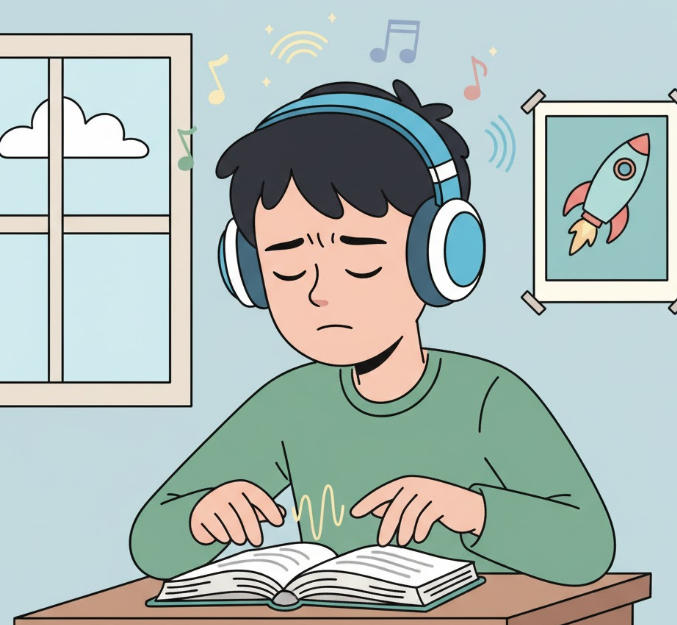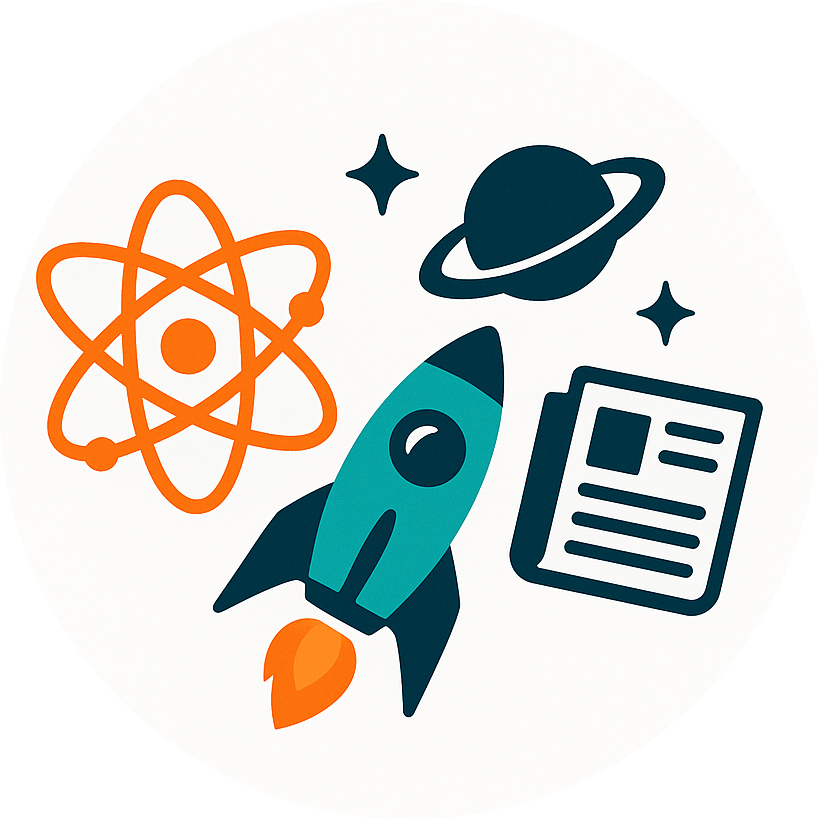
The Hidden Rhythm That Makes You Think Better
Every brain dances to its own rhythm. Deep within that symphony, scientists have discovered a “gamma beat” — a fast oscillation of brain activity around 30–50 times per second. Now, new research suggests that listening to music tuned precisely to your personal gamma frequency could sharpen memory and focus — all without drugs or invasive technology.
That’s exactly what researchers in Japan set out to test, and their results could transform how we use sound for learning, health, and everyday productivity.
A Brainwave Symphony
If you could listen to your own brain, you’d hear countless rhythms — slow delta waves during sleep, alpha waves when you’re relaxed, and faster beta and gamma waves when you’re alert and thinking hard. Gamma waves, in particular, have fascinated neuroscientists because they appear whenever the brain is deeply engaged — linking perception, memory, and attention into a unified experience.
But here’s the twist: while most research uses a fixed 40 Hz signal (a steady auditory “flicker” of sound), not everyone’s brain hums at exactly 40 Hz. Just like voices have different pitches, each person’s brain has its own individual gamma frequency (IGF). For some, it might be 36 Hz; for others, 48 Hz. And that difference may matter.
Studies in animals had already shown that stimulating the brain at gamma frequencies could improve memory and even clear toxic amyloid proteins associated with Alzheimer’s disease. Yet human trials had rarely tested what happens when you match the stimulation precisely to a person’s unique brain rhythm.
From Lab Waves to Everyday Music
In the new study, led by Yusuke Yokota and colleagues at VIE Inc. in Japan, 29 healthy adults took part in a novel kind of “neuro-music” experiments. Using a portable EEG cap — a simple device that measures brainwave activity — the researchers played each participant a five-minute “chirp” track that spanned a range of gamma frequencies from 30 to 60 Hz. The EEG data revealed which frequency each person’s brain responded to most strongly — their personal gamma sweet spot.
Next came the real test. Each person then listened to two kinds of music:
- A personalized version that subtly embedded their IGF into the rhythm of a melodic soundtrack.
- A control version that sounded identical but lacked the gamma modulation.
Participants didn’t know which was which. While listening, they completed several cognitive tasks — from recalling word lists to playing a digital card-matching game and solving a color–shape conflict test that measured attention and self-control.
Sharper Thinking Through Sound
The results were subtle but striking. When listening to their IGF-tuned music, participants:
- Remembered more words in the final trial of a verbal learning test.
- Reacted faster and more accurately during a mentally demanding attention task.
In plain terms, personalized gamma music seemed to help people remember and focus — particularly when the mental challenge was toughest. The improvement wasn’t just a “feel-good” effect from music; it was linked to the brain’s own rhythm.
Interestingly, tasks that relied more on visual or spatial memory didn’t improve. That specificity suggests that auditory gamma stimulation may primarily enhance verbal memory and executive control — the type of thinking used when making decisions, switching between tasks, or holding multiple ideas in mind.
Why It Matters
If sound tuned to your brain’s rhythm can improve performance even slightly, the implications are huge. It could lead to non-invasive therapies for early Alzheimer’s, mild cognitive impairment, or learning challenges — areas where drugs have struggled to deliver.
The approach is simple, affordable, and scalable. With portable EEGs becoming cheaper and easier to use, one could imagine “personalized focus playlists” that calibrate themselves to your neural rhythm. Think of it as Spotify meets neuroscience — music that not only moves you emotionally but also optimizes how your brain functions.
The research also adds nuance to a growing trend in neurotechnology. Many consumer “neuro-sound” apps claim to enhance focus or sleep using generic tones at fixed frequencies. This study suggests that one-size-fits-all may not work: your brain’s ideal beat could be as unique as your fingerprint.
What’s Next for Gamma Music
Of course, this is just an early step. The experiment involved only 29 people, all healthy and relatively young. The improvements, while real, were modest and short-lived — lasting perhaps 20 to 30 minutes after listening. More studies are needed to see whether longer sessions, daily use, or integration with other sensory cues (like light) can produce lasting changes.
Researchers also hope to test whether this method benefits older adults or patients with cognitive decline, where gamma activity is often weaker. If confirmed, it could offer a gentle way to stimulate the brain’s self-cleaning and memory systems — perhaps even slowing neurodegenerative disease.
From Tokyo to Your Headphones
To make the experiment more natural, Yokota’s team embedded the stimulation into real music — not mechanical beeps. They called it “Gamma Music.” Instead of overlaying tones, they modulated the rhythm of the melody itself, creating subtle pulses that the brain could synchronize with without conscious effort. Most listeners found the tracks pleasant and relaxing.
The beauty of this approach is its accessibility. Anyone with a pair of headphones could, in principle, benefit. Imagine a student in Lagos preparing for exams, a programmer in São Paulo working through a long night of coding, or a nurse in Manila taking a brief mental recharge — all listening to brain-tuned sound that helps keep them sharp.
Let’s Explore Together
Personalized gamma music might one day be as common as personalized medicine. But before that happens, we’ll need larger studies, clearer mechanisms, and ethical conversations about how far we should go in “tuning” the mind.
So let’s keep the curiosity alive:
- Could this kind of sound-based brain training help in classrooms or workplaces?
- Would it be ethical to use “focus music” in competitive environments like esports or exams?
- And if you could listen to your brain’s own rhythm — would you want to?
Your mind already has a beat. Science is just learning how to play along.



